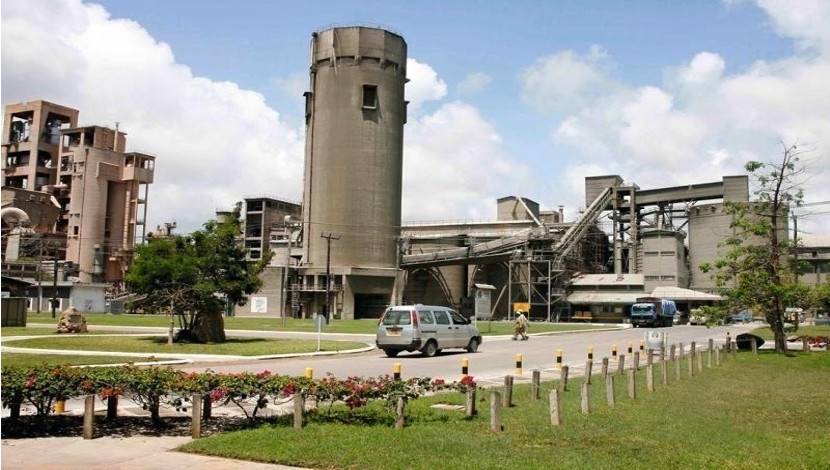

Price wars among cement makers due to cut-throat competition has wiped out returns for investors in the three publicly traded firms, a report on the industry suggests. This is despite increased investment in construction projects in infrastructure development and real estate.
The report by Sterling Capital, titled Tough Competition Ahead, shows that average return in the last five years on Compounded Annual Growth Rate basis was 1% against the Nairobi All Share Index average of 13.6%.
“Despite some value proposition across the sector, which has attracted more foreign players, existing players are still trying to catch up with the competition from new players due to undercutting in a bid to gain market share,” Sterling Capital’s head of research Eric Munywoki said in the report. “This has continued to erode profitability for the listed companies.”
Bamburi Cement, the largest cement maker which has largely been profitable over the years, reported flat growth in net profit for the year ended December 2016. Bamburi, controlled 58.6 per cent by France’s conglomerate Larfage, reported a 0.35 per cent growth in net profit to Sh5.89 billion,blamed on reduced sales.
East African Cement, controlled 52% by the state, suffered a 42.07% drop in net income to Sh4.15 billion for the year to June 2016, and sunk into a Sh528.26 million loss in six months through December 2016.
ARM Group, is yet to recover from losses which started in the first half of 2015. The firm cut full-year loss for period ended December 2016 by 3.14% to Sh2.80 billion for 12 months through December 2016. This came in the wake of securing Sh14.1 billion from UK government-owned CDC Group for a 40.6% stake to help ease the burden of expensive debts.
Sterling warns that the industry is likely to grapple with oversupply, citing ongoing capacity capacity expansion and new plants.
“Grinding utilisation capacity is likely to fall from 65% to 50% by full-year 2018, meaning there will be more idle capacity,” the report warns.





